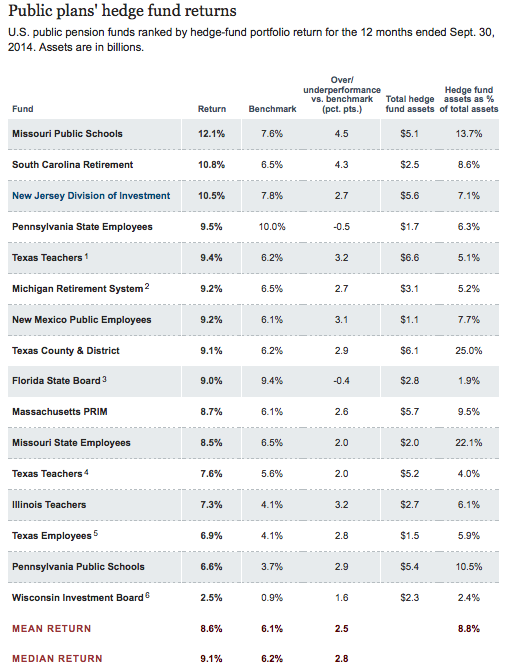The Canada Pension Plan Investment Board (CPPIB) announced on Friday that it is dipping its feet in the UK college student-housing sector.
[Read the press release here.]
CPPIB paid $1.67 billion to buy Liberty Living, a company that works with dozens of UK universities to provide and manage housing for students.
More from Reuters:
As part of the deal, CPPIB said it had bought more than 40 residences in 17 of the largest university towns and cities across the UK, containing more than 16,700 rooms, from Brandeaux Student Accommodation Fund.
The deal also includes the Liberty Living management platform, it added in a statement.
“As a long-term investor, this is … an ideal platform through which we can build further scale,” said Andrea Orlandi, Managing Director, Head of Real Estate Investments Europe, CPPIB.
“This sector is an attractive one for CPPIB and we expect to see continued demand for well-located and well-managed student residences such as those within the Liberty Living portfolio,” Orlandi added.
[…]
In a search for yield as fixed income returns diminish, pension plans globally are increasingly looking to buy into other high-yielding assets to maintain returns and meet their long-dated liabilities, with real estate chief among them.
CPPIB manages approximately $190 billion in assets.
Photo credit: “Canada blank map” by Lokal_Profil image cut to remove USA by Paul Robinson – Vector map BlankMap-USA-states-Canada-provinces.svg.Modified by Lokal_Profil. Licensed under CC BY-SA 2.5 via Wikimedia Commons – http://commons.wikimedia.org/wiki/File:Canada_blank_map.svg#mediaviewer/File:Canada_blank_map.svg




